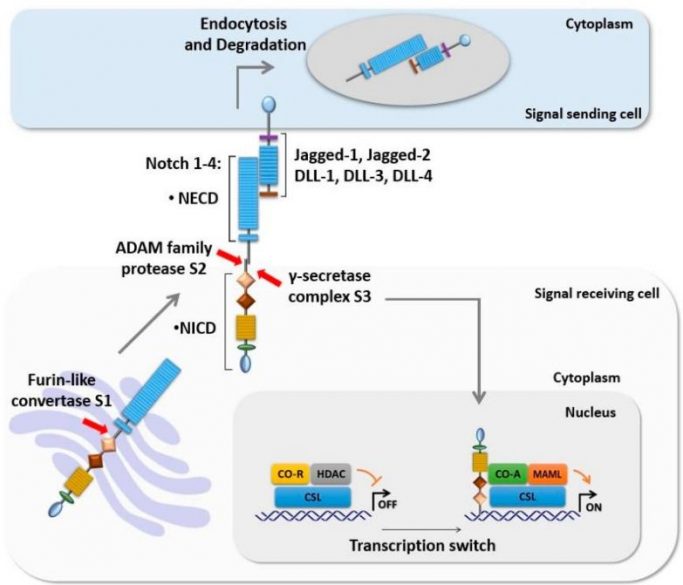
Logout
If you want to log out click in LogOut


Notch signaling is a highly conserved signaling pathway that regulates cell proliferation and differentiation, stem-cell renewal (pancreatic, hematopoietic, neural, and skeletal muscle systems), survival, apoptosis, tissue patterning, determines cell fate decision, and participates in cellular process in embryonic and adult tissue (1,2).

You can custom your own SignArrays® with the genes of interest of your choice, according to your project, you just have to download and complete our Personalized SignArrays® information file and send it at contact@anygenes.com